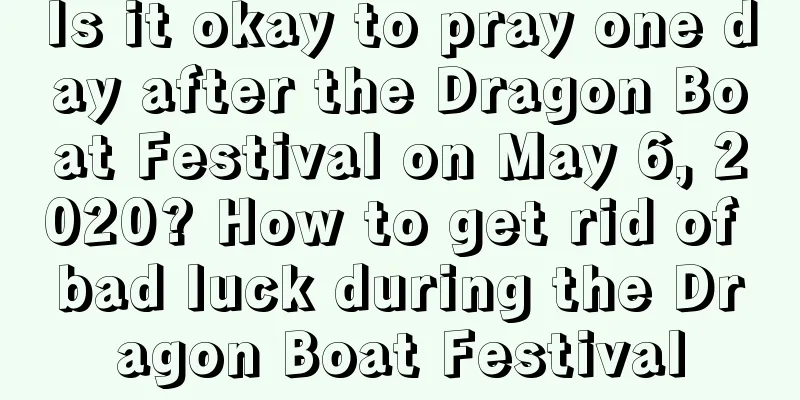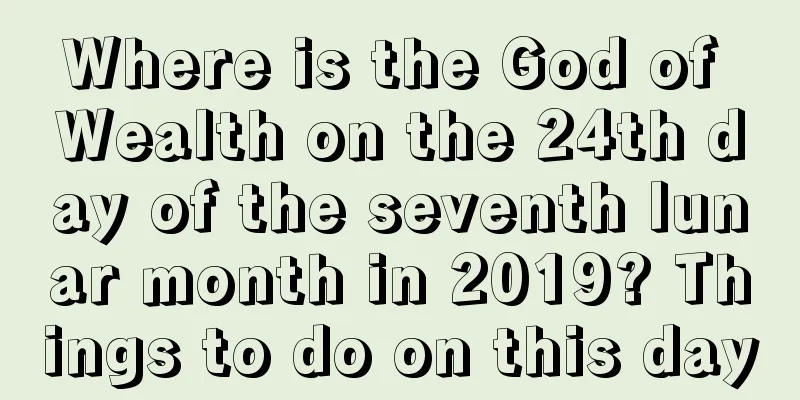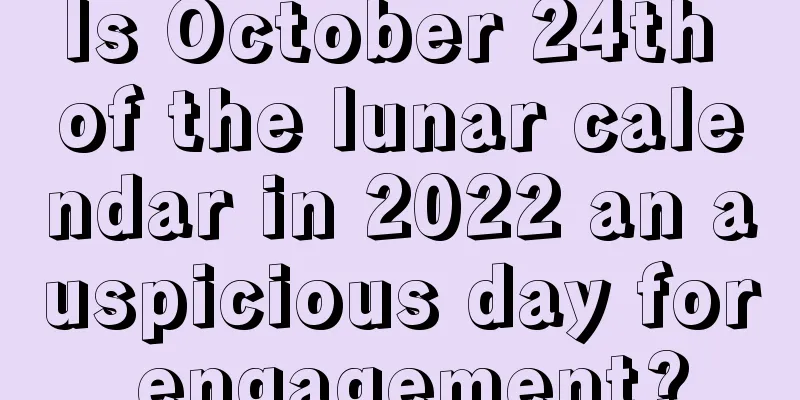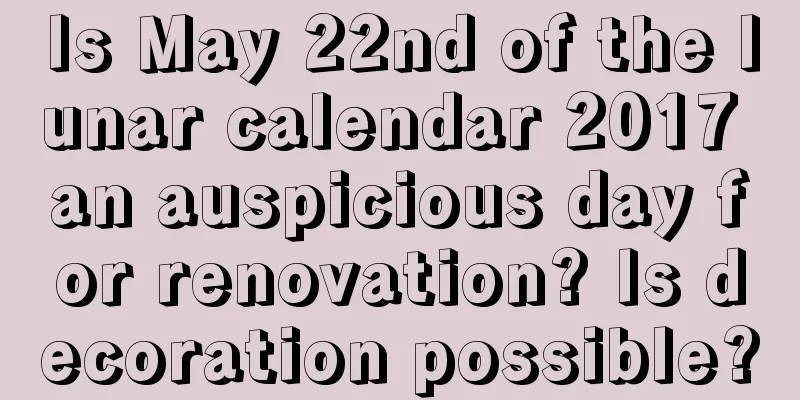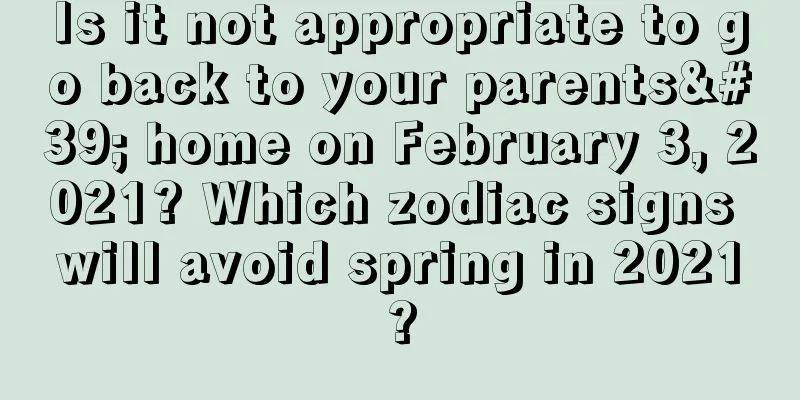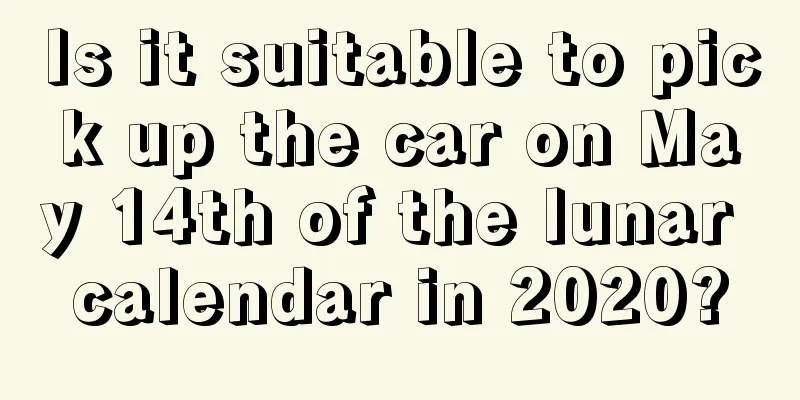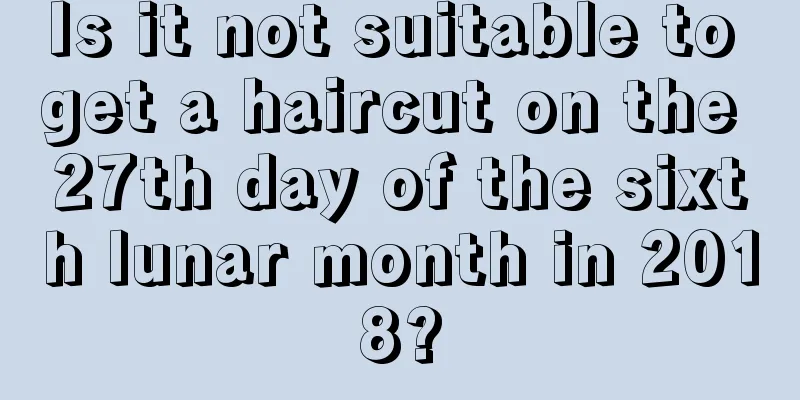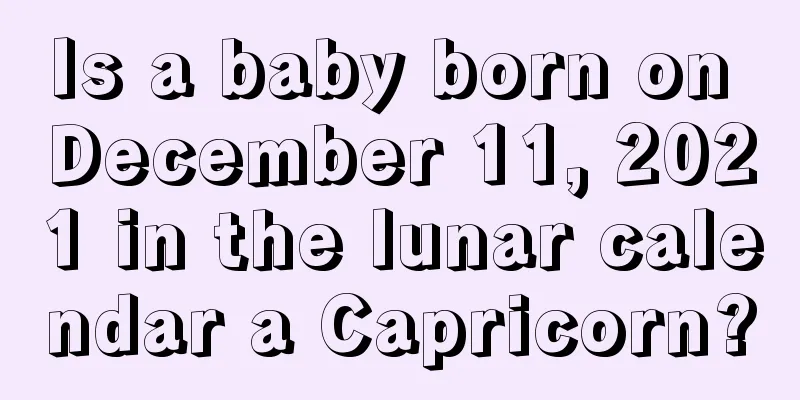Where does the sun shine directly during the autumnal equinox? What will happen if it doesn't rain during the autumnal equinox?
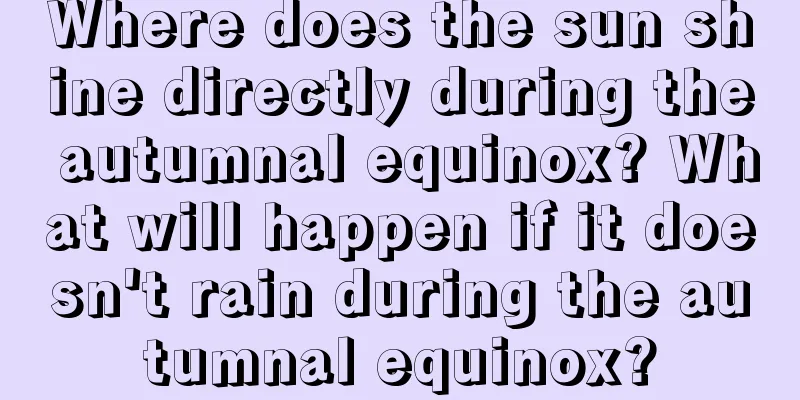
As we enter late autumn, the weather gradually becomes cooler. According to geography, this is related to the angle of direct sunlight. So, where does the sun shine directly during the autumnal equinox ? What will happen if it doesn't rain during the autumnal equinox? As the eighth month of the lunar calendar arrives, the feeling of autumn becomes stronger. It sneaks in on a foggy dawn and disappears in the hot afternoon. What will the eighth month of the lunar calendar be like in 2019? Please visit Mr. Shui Mo's website for a more detailed introduction.Where does the sun shine directly during the autumnal equinox?On the day of the autumnal equinox, the sun reaches 180° of ecliptic longitude (the autumnal equinox point), almost directly shining on the earth's equator, and the day and night are equal in length everywhere in the world . <br /> After the autumnal equinox, the sun's direct point continues to move from the equator to the southern hemisphere, and the days begin to become shorter and the nights longer in various parts of the northern hemisphere, that is, the day begins to be shorter than the night within a day; the opposite is true in the southern hemisphere. Therefore, the autumnal equinox is also called the autumnal equinox. At the North and South Poles, on the day of the autumnal equinox, the sun stays above the horizon all day. After that, as the sun's direct point continues to move south, a six-month polar night begins near the North Pole, gradually expanding and then shrinking in scope; a six-month polar day begins near the South Pole, gradually expanding and then shrinking in scope. Geography (1) Winter Solstice - 12/22 On the winter solstice, the sun is directly above the Tropic of Capricorn, and the daylight hours are the shortest in the northern hemisphere. Then the sun's direct point begins to move northward, and the daylight hours in the northern hemisphere become longer and longer.(2) Spring Equinox - 03/21 After the Spring Equinox, the sun's direct point moves to the Northern Hemisphere, and the days in the Northern Hemisphere begin to be longer than the nights. (3) Summer Solstice - 06/22 On the Summer Solstice, the sun is directly above the Tropic of Cancer, and the daylight hours are longest in all parts of the Northern Hemisphere. Then the sun's direct point begins to move southward, and the daylight hours become shorter and shorter in all parts of the Northern Hemisphere. (4) Autumnal Equinox - 09/23 After the Autumnal Equinox, the sun's direct point moves to the Southern Hemisphere, and the days in the Northern Hemisphere begin to become shorter than the nights. What happens if it doesn’t rain on the Autumnal Equinox?Answer: The Autumnal Equinox is the busy farming season, so it is naturally best if it does not rain at this time.Why is it better not to rain during the Autumnal Equinox? Because of the rapid drop in temperature in autumn, the busy season of autumn harvest, autumn plowing and autumn planting seems particularly intense. During the Autumnal Equinox, cotton bolls appear and tobacco leaves turn from green to yellow, which is a good time to harvest. Winter wheat sowing has begun in North China, and the Yangtze River Basin and vast areas in the south are busy harvesting late rice, plowing the land when the weather is sunny, and preparing for rapeseed sowing. Drought, little rain or continuous rain during the autumnal equinox is the main unfavorable factor affecting the normal progress of the "three autumns". In particular, continuous rain can cause the crops that are about to be harvested to fall over, rot or sprout, causing serious losses. The key to the busy three autumns is to start early. Timely harvesting of autumn crops can prevent the damage of early frost and continuous rain. Timely early sowing of winter crops can make full use of the heat resources before winter, cultivate strong seedlings to safely overwinter, and lay the foundation for a good harvest in the coming year. "If the double-season late rice does not emerge by the Autumnal Equinox, it will be harvested and fed to the cows." The double-season late rice in the south is heading and flowering, which is a critical period for yield formation. The "Autumnal Equinox cold" weather caused by early low temperature and rain is the main threat to the flowering and fruiting of the double-season late rice, so farmers at this time must carefully carry out forecasting and prevention work. Some people go through many ups and downs, and suffer hardships all their lives; some people have smooth sailing, encounter many good opportunities, and become successful. If you want to know how your fortune is in life, use Mr. Shui Mo's [Premium Calculation] to find out! |
Recommend
What is the zodiac sign for people born on the fourth day of the first lunar month in 2018? How’s your life?
Introduction: People born at different times have ...
Why do we eat apples on Christmas Eve? Why is Christmas Eve called Christmas Eve?
Introduction: In the blink of an eye, Christmas Ev...
What is the zodiac sign of the 15th day of the first lunar month in 2019? Is it good to be born on the 15th day of the first lunar month during the Lantern Festival?
In fact, we only need to look at the year to answe...
Is it auspicious to offer sacrifices on July 18, 2020? In which direction is the God of Happiness on September 5?
Introduction: Generally, it is necessary to choose...
Is the 27th day of the third lunar month in 2020 a good day? Can I pray for blessings?
There are a lot of people praying every day, but n...
Can a newly married daughter return to her parents’ home on Laba Festival in the lunar calendar in 2018? What are the rules for returning to parents’ home on Laba Festival?
Introduction: Our country has been a traditional c...
Where is the God of Wealth on October 25th of the lunar calendar in 2018?
In the sky of October in the lunar calendar, the ...
Are there any taboos during Grain in Ear?
As the ninth solar term of the 24 solar terms in t...
What are the auspicious days in the first month of the lunar calendar in 2020? Details of auspicious dates!
The selection of auspicious days should be analyze...
What is the date of July 20th in the lunar calendar in 2021? Can I make a bed?
It is also necessary to choose a time to set up th...
Are people born on August 13, 2019 in the lunar calendar Leos? What kind of personality does this guy have?
When I was in elementary school, I always thought ...
Analysis of the 18th day of the 12th lunar month in 2021. Is that day an auspicious day?
Good or bad days are different every day. Some tim...
Where is the direction of the God of Joy on the sixth day of the first lunar month in 2019?
If you want to know more about the first month of...
What is the zodiac sign of a baby born on the day of Lesser Heat in 2021, and what is his five elements attribute?
People born in the fifth month of the lunar calend...
What should we eat on the day of Frost Descent? When is Frost Descent this year?
Introduction: Frost Descent is one of the solar te...
